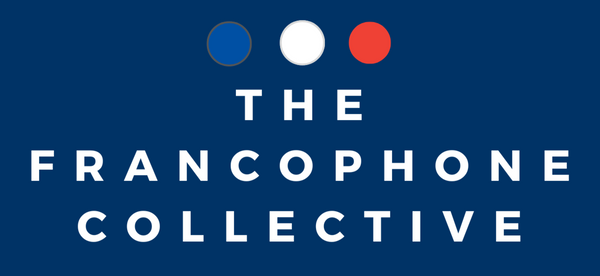
Understanding French wine labels: What do all those words mean?
French wine labels can be intimidating to the uninitiated. Unlike many New World wines that clearly state the grape variety, French labels often rely on centuries-old traditions and regional cues. Here's a breakdown of what all those words mean, so you can navigate a wine shop or restaurant menu with confidence.
1. The Appellation d'Origine Contrôlée (AOC)
One of the most important elements on a French wine label is the AOC designation. This indicates that the wine meets strict regulations regarding its origin, grape varieties, and production methods. For example, a label that reads Bourgogne AOC signifies that the wine comes from Burgundy and adheres to regional winemaking standards.
2. Grape Varieties Aren't Always Mentioned
While New World wines often highlight the grape variety—such as Chardonnay or Merlot—French labels typically list the region instead. Each region is associated with specific grape varieties: for example, Sancerre is made from Sauvignon Blanc, and Chablis is always Chardonnay.
See also: How to host an evening like the French: A guide to effortless elegance
3. Understanding Regional Labels
French wine regions are highly specific, and the more specific the region on the label, the higher the quality is likely to be. For example:
- Bordeaux or Bourgogne (Burgundy) labels indicate broad regional wines.
- More specific sub-regions, like Pomerol (Bordeaux) or Chablis (Burgundy), indicate a higher tier.
- Even more precise are village names or specific vineyards, such as Gevrey-Chambertin in Burgundy.
4. Vintage Year
The vintage year tells you when the grapes were harvested. This can be particularly important in France, where weather varies significantly from year to year. Some regions, such as Bordeaux, are known for certain exceptional vintages.
5. Producer Name vs. Château Name
In many cases, the château or domaine (estate) name is prominently displayed. This is often a mark of quality, particularly in Bordeaux, where wines are produced at a specific estate. In Burgundy, the producer's name is also crucial, as many producers buy grapes from multiple vineyards.
6. 'Cru' Classifications
In certain regions, Cru classifications indicate quality:
- In Burgundy, Premier Cru and Grand Cru are the highest designations.
- In Bordeaux, Cru Classé rankings are part of the 1855 classification system, with Premier Cru being the top tier.
- In Beaujolais, Cru refers to specific villages known for high-quality wines.
See also: How to tell where your French wine is from by looking at the bottle shape
7. Extra Label Terms
You might also see terms like:
- Sec: Dry
- Demi-sec: Semi-dry
- Moelleux: Sweet
- Brut: Dry (for sparkling wines)
- Millesime: Vintage (often seen on Champagne)
8. What about Vin de France?
If a label simply states Vin de France, it means the wine is a table wine without a specific regional designation. These wines can vary in quality but are often more affordable and flexible in terms of grape blends.
Final Tip: Trust Your Taste
While understanding the label is helpful, the best way to discover French wines is to taste them. Explore different regions and styles, and don't be afraid to ask for recommendations from sommeliers or wine shop experts.




